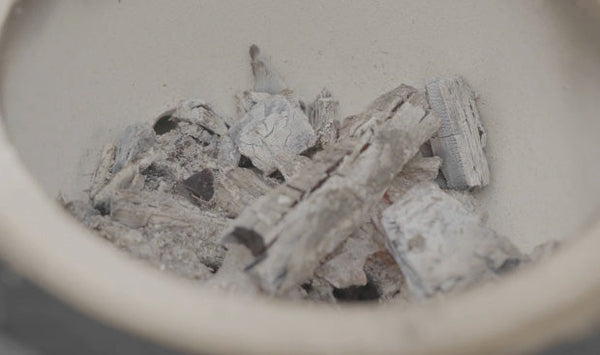
How to Properly Dispose of Ash After Grilling
Ash disposal might not be the most glamorous part of grilling, but it’s essential for safety, performance, and even the environment. Leftover ash from a charcoal grill can block airflow, impact heat control, and cause dangerous flare-ups if not handled correctly. With the right process, you can keep your grill running at its best and avoid hazards.
What’s in Your Ash? Understanding the Material
The type of ash you produce depends on your fuel:
-
Pure Wood Charcoal – Leaves a fine, natural ash that can sometimes be reused in the garden.
-
Charcoal Briquettes – Often contain additives that make the ash unsuitable for compost or soil.
Ash consists of powdery residue, small unburned coals, and mineral deposits. If you’re thinking about reuse, remember: only pure wood charcoal ash is safe for garden or home applications.
When Should You Dispose of Ash?
You should clear ash after every 2–3 uses—or sooner if you notice reduced airflow. Signs it’s time include difficulty holding temperature or uneven heat. Learn more about airflow impact in Fire Management for Grill Masters.
Step-by-Step: How to Safely Remove Ash from Your Grill
-
Wait 24+ Hours – Let the ash cool completely before handling.
-
Use a Metal Ash Tool – A tool like the Ash Tool makes removal cleaner and safer.
-
Transfer to a Metal Bucket with Lid – Avoid dumping hot ash in plastic containers.
-
Dispose Responsibly – Only cold ash should go in your trash, and never mix with combustible materials.
Proper Disposal Methods
-
Metal Container Storage – Keeps ash contained until disposal day.
-
Ash + Water Method – Pour a small amount of water over ash in the bucket to ensure full cooling.
-
No Compost for Briquette Ash – Only pure wood ash can be used for gardening or composting.
Can You Reuse Ash? Yes — But Only in Certain Cases
For pure wood charcoal ash:
-
Light Fertilizer – Adds potassium to soil.
-
Pest Deterrent – Sprinkled lightly around plants.
-
Ice Melt – Safe alternative to salt on icy sidewalks.
Avoid reusing briquette ash or ash from treated wood, as it may contain harmful chemicals.
Maintaining Clean Burn Zones
Keeping ash levels low ensures better air circulation, which makes it easier to maintain cooking temperatures. This also prolongs the life of your components like the Charcoal Plate for Vessils 15 Kamado. For more on airflow and burn efficiency, see How to Control Temperature in a Kamado Grill and Using Charcoal Baskets for Better Heat Control.
Cleaning Tips for the Rest of the Grill
Ash particles can cling to your cooking grid and interior surfaces, affecting flavor and performance. Regular deep cleans, like those in How to Deep Clean a Kamado Grill, help keep everything in top shape. Over time, consider replacing worn-out parts with upgrades like the 20-Inch Expandable Cooking Grid for Kamado Grills.
Bonus Tips: Ash Storage, Weather, and Humidity
Moisture is the enemy of ash management—ash mixed with humidity can harden into a cement-like substance.
-
Store ash in a dry, covered metal container.
-
Keep your charcoal dry as well. See the Best Way to Store Charcoal for Long-Term Use.
-
We’ll cover more on climate impact in How Humidity Affects Charcoal Performance (coming soon).
Conclusion: Dispose Right, Grill Better
Routine ash disposal keeps your grill safe, efficient, and ready for the next cookout. It’s a small step that makes a big difference in performance and flavor.
Explore our Grill Parts & Accessories Collection for the best cleanup tools, or check out All Grills for kamado models that make ash removal even easier.
